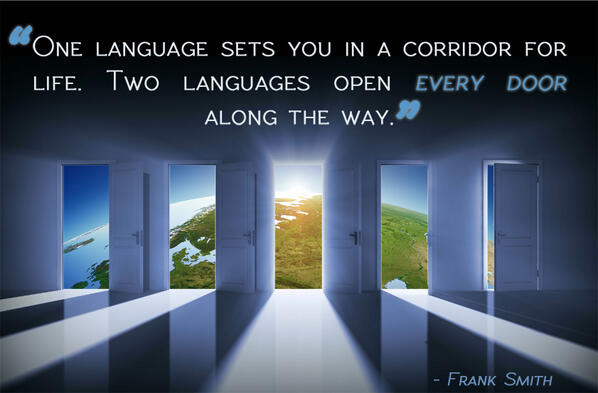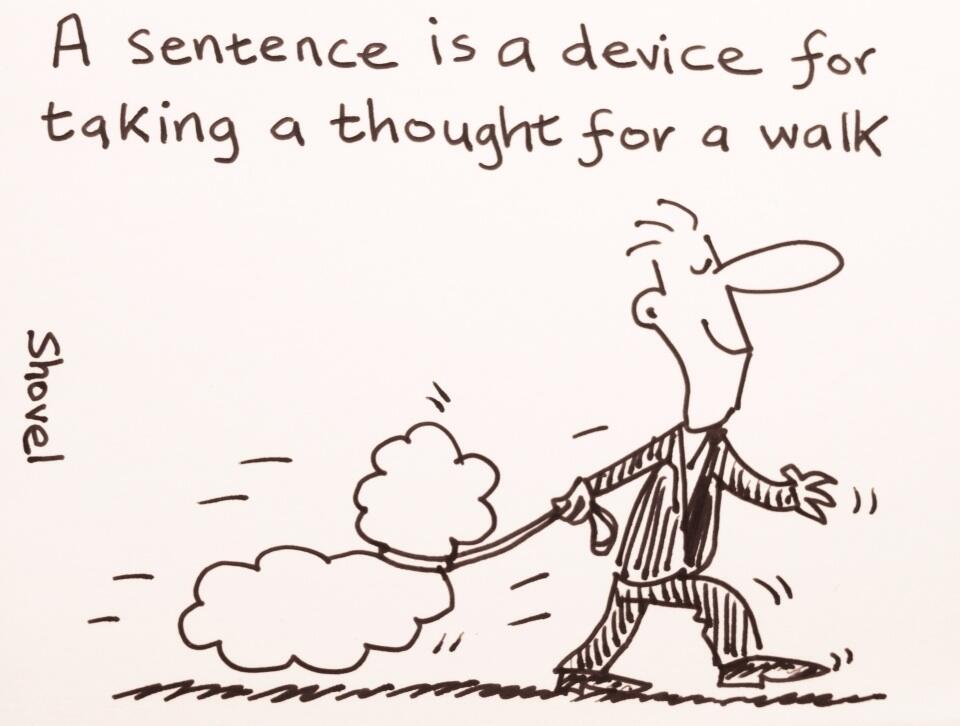This blog post is my own mental note and list of the Art and language learning blogs I have written so far- to help the associates, colleagues within the network and me plan purposeful and language rich learning opportunities:
3D Art and verbs using Renoir the Boating Party - Drama and Art /spoken activities (personal information , feelings, 1st, 2nd and 3rd person singular questions and responses)
3D Art and verbs stage one
3D Art and verbs stage two
3D Art and verbs stage three
KS2 Matisse Cut Outs Art and colour - dance,drama, spoken language , reading and writing
Matisse Cut Outs
Conveying emotions through Art - using the target language
conveying emotions
Rousseau and shape jungle animal sentences for jungle display (noun verb adjective and animal descriptions)
shape sentence jungles
Poster Power Poems (revisiting familiar language : weather,people, reactions,emotions, activities etc) - using the visual evidence in a poster to create spoken activities and performances (based on the Tour de France but activities can be used with lots of different posters etc)
Poster power poems
Preposition Picnic: creating our own sculptures using foods and cutlery/crockery and prepositions-using all 4 skills
Preposition picnic
Sentence calligrams- creating our own suitcases of Summer clothes - full sentence descriptions of items for a class display
Sentences ,objects and calligrams
Abstract Art - how we can use art to revisit and practise basic core vocabulary- colours, numbers
Abstract art and beginners language
3D Clay and conversations - using clay sculptures to generate dialogue and conversations
3D clay scene questions and answers
If a picture paints a 1000 words. Portraits of women's faces through the ages used to practise eye, hair colour, target language names and emotions. Linking Art , Drama , music and language learning,
If a picture paints a 1000 words


































